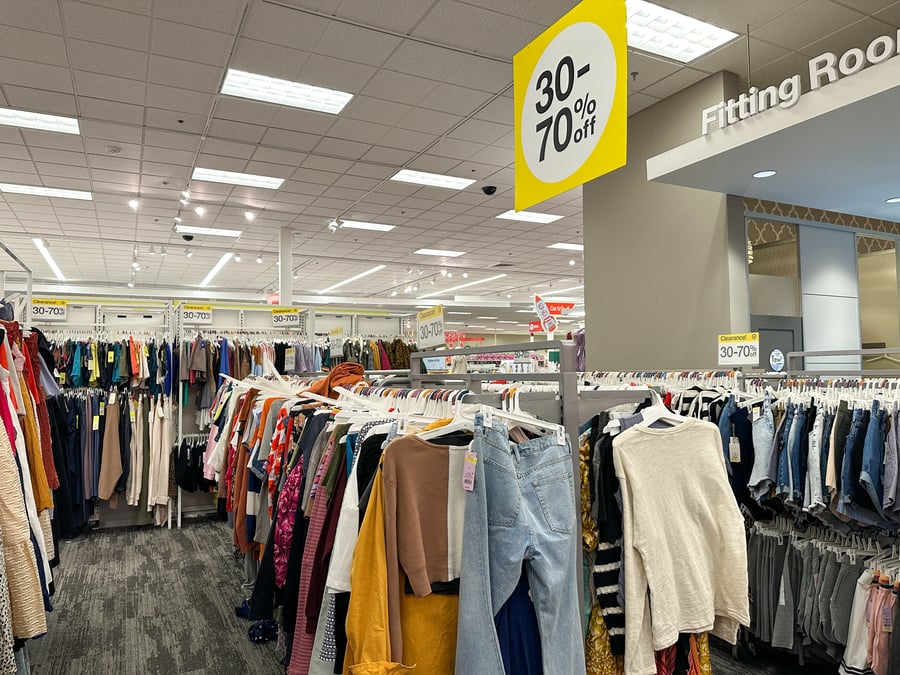Times are tough right now. Inflation has been on the rise. In fact, the annual inflation rate in the US rose to 2.6% in October 2024, up from 2.4% in September 2024. And consumers have been feeling the pinch on their wallets. According to a Gartner study, 21% of consumers plan on reducing their holiday spending this year due to inflation.
While consumers won’t necessarily cut out holiday shopping altogether, they’ll likely spend much less per gift and buy fewer gifts. On top of this, a study by InvoiceHome and Censuswide revealed that 11% of shoppers will delay their holidays to 2025 so they can buy gifts during post-Christmas sales.
“Discretionary income is almost non-existent for many people now,” says Yesinne Alvarez, Partnerships, Alliances and Trade Data for Creditsafe. “So much more is now going towards housing, food and other essentials like insurance.”
All this will have a knock-on effect on retailers this holiday season. Consumers choosing to – or being forced to – spend less money on “fun” purchases like holiday gifts will lower overall sales volume for retailers. Simply put, lower spending equals lower sales volume, which in turn can lead to lower revenue and reduced cash flow.



